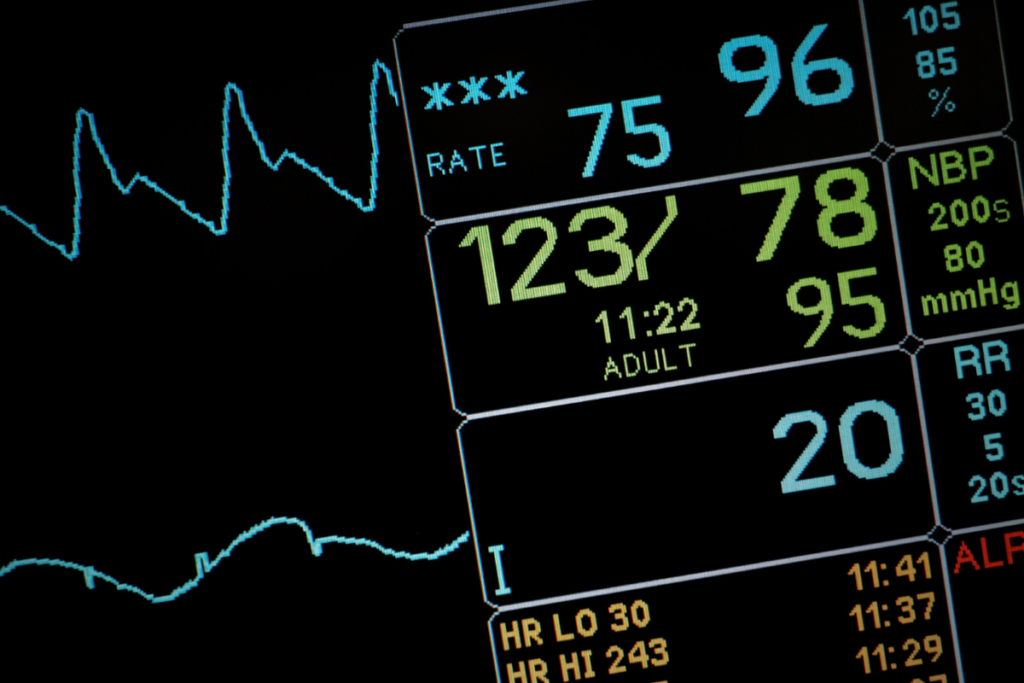
Wearable technology is increasing in popularity thanks to smartwatches, fitness trackers, and other medical devices. It is becoming increasingly clear that this technology has the potential to play a significant role in the future of healthcare. In this article, we will examine what wearables are, the uses and benefits of these devices, and how they are currently being used in practice.
What are Wearables?
Wearable devices are electronic devices that can be worn on the body, such as smartwatches, fitness trackers, heart rate monitors, and more. These devices are designed to measure various aspects of health and fitness, including heart rate, sleep patterns, and physical activity levels. They often communicate with smartphones or other devices through Bluetooth or Wi-Fi, allowing users to track their data and receive feedback and insights.
Uses of Wearables
Wearable devices have a wide range of applications in healthcare, from monitoring chronic conditions to promoting physical activity and healthy habits. For example, wearables can be used to monitor heart rate and sleep patterns to help individuals with sleep disorders or heart problems. They can also be used to track physical activity levels, helping people to stay active and achieve their fitness goals. In addition, wearable devices can be used to monitor stress levels, helping individuals to manage stress and improve their mental wellbeing.
Benefits of Wearables
The benefits of wearables in healthcare are numerous. Wearables can help individuals to better understand and manage their health, providing them with real-time data and insights that can be used to make informed decisions. They can also help individuals to stay on track with their health and fitness goals, providing them with reminders and motivational messages to help them stay active and healthy. In addition, wearables can help healthcare professionals to monitor and manage patients with chronic conditions, providing them with real-time data that can be used to make informed treatment decisions.
Wearables in Practice
Wearable technology is currently being used in a number of healthcare settings, from hospitals and clinics to home healthcare and wellness programs.
For example, GE Healthcare has recently rolled out a set of wireless, portable sensors designed to be worn by patients during their hospital stay, making it easier for clinicians to keep track of their vital signs without routine check-ins.
In addition, wearable devices like the Apple watch or Fitbit activity trackers are becoming increasingly popular with consumers, and are often used to monitor health and wellness metrics to make informed decisions about lifestyle and habits.
Current Challenges and Future Developments
Despite the many benefits of wearables, there are still a number of challenges that need to be addressed. For example, there is a need for better interoperability between different wearable devices, as well as improved accuracy and reliability of the data they collect. In addition, there is a need for better privacy and security measures to protect sensitive health information. In the future, it is likely that wearable technology will continue to evolve and become an increasingly important tool in the management of health and wellness, increasing in popularity within both consumer and clinical settings.
In Summary
Wearable technology has the potential to revolutionize the way we manage our health and wellness, providing individuals with real-time data and insights and healthcare professionals with valuable information to make informed decisions. Despite the challenges that need to be addressed, the future of wearables in healthcare is bright, with continued growth and innovation expected in this exciting field.
SciQ is a specialist HealthTech recruitment company, working with leading HealthTech organisations. If you’re interested in a career in HealthTech, contact us to learn more.


